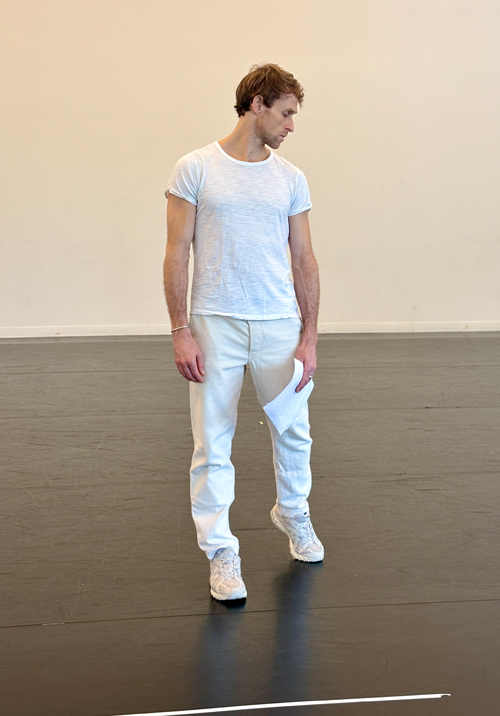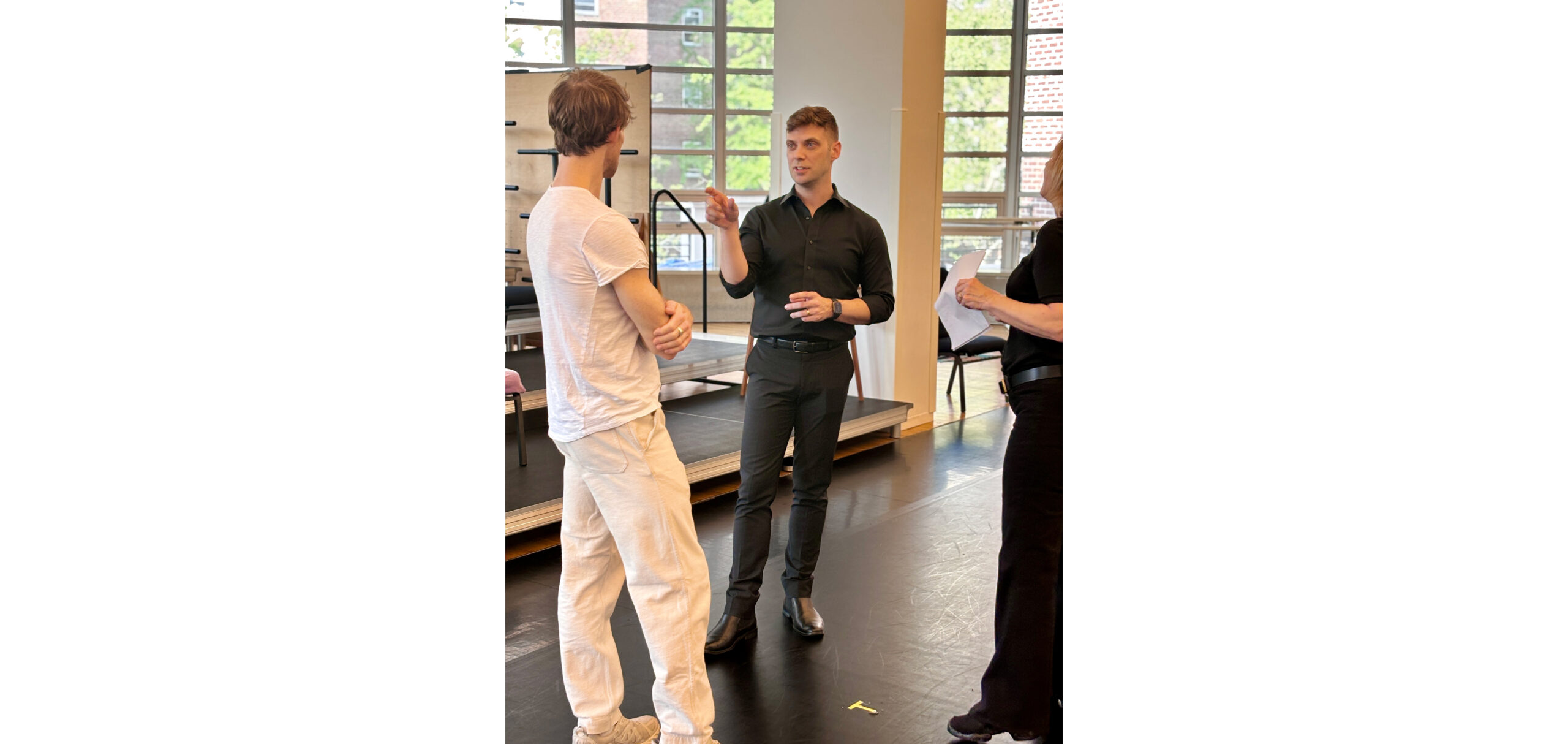The Paul Taylor Dance Company Revisits Its Radical Roots in a One-Night-Only Performance
1n 1957, when Paul Taylor debuted his experimental work Seven New Dances at 92NY (then called The 92nd Street Y), it received one of the most memorable reviews of all time: four inches of blank space. The audience was largely baffled by Taylor’s attempt to figure out the ABCs of his pedestrian movement vocabulary, which included one segment in which Taylor and another dancer stood motionless. Afterwards, Martha Graham called him a “naughty boy.” But, as Taylor recalled in his 1987 autobiography Private Domain, the piece did lead to immediate notoriety and name recognition.
“Having accomplished more than what I set out to do, I decide to get back to a more kinetic approach, and dive into new dances with a vengeance,” Taylor wrote. “I won’t get mad, I’ll get even.”
Now, Paul Taylor Dance Company artistic director Michael Novak is aiming to show audiences how the ideas that Taylor explored in Seven New Dances set the groundwork for his more “kinetic” work. On May 13, 92NY continues its 150th-anniversary celebration with the return of Seven New Dances, featuring special guests Adrian Danchig-Waring, Alicia Graf Mack, and Damian Woetzel. Seven New Dances will appear alongside Taylor’s Esplanade and excerpts from new works by PTDC resident choreographer Lauren Lovette. The entire evening will be hosted by actor Alan Cumming, who will pay homage to Taylor by reading aloud from Private Domain.
Ahead of the show, Novak sat down to discuss the creation of the program, and the larger legacy of Seven New Dances.
How did you decide to bring this group of guests onboard?

Alan Cumming has been a longtime friend of the company, and of Paul, as well. I asked him if he’d be willing to play Paul Taylor, and he jumped at the opportunity. He’s going to make Paul’s voice come alive.
In 1957, Paul had just graduated from Juilliard, and then in 1959, he was a guest artist at New York City Ballet. We’re bringing back these excerpts that are very of a specific moment, so we wanted to acknowledge the community of artists that were all collaborating together at that time. Adrian represents New York City Ballet, and Damian and Alicia represent Juilliard. They’re all great friends in the industry, and it’s an acknowledgement that these institutions still do have close relationships.
Why is it important to you to revive Seven New Dances?
It’s really important that audiences understand that artists are multifaceted, and they grow and evolve and try things. And there’s an investment that needs to be made in an artist’s life and in their career and where they’re going. It’s beautiful to see this process of all the drafts that have to get created for a genius to truly emerge and find themselves. I hope audiences of all ages get to ask themselves questions about what dance is, and where dance is going now.
When Seven New Dances premiered, some asked whether it could even be considered dance. Having spent time reconstructing this work, do you consider it to be dance?
They’re one hundred percent dance. Watching them in the studio feels rebellious even now. The boldness that it took for Paul to create the duet Alicia and Damian are going to perform, that was inspired by John Cage’s 4’33”: The curtain goes up, two dancers are onstage in a pose, nothing happens, and then the curtain comes down. The only thing that happens is that we as viewers are confronted with myriad thoughts, feelings, ideas, questions. It feels very radical to me. What makes it all the more powerful, if my plan works, is that when you see those same [pedestrian] movements to Bach music in Esplanade, it will hopefully make people see Paul’s work in a new way.





